| Final Statistics: Alex & Maz | Total distance: 93,550km |
| Furthest Point: Rotorua, NZ | Now settled in Sydney, Australia |
| Final Statistics: Martin | Total distance: 79,698km |
| Furthest Point: Hobart, Australia | Now settled in Bristol, UK |
Turkey
|
| Arrive: | Tue 30th Aug 05 | Depart: | Fri 9th Sep 05 |
| Days: | 10 | Approx km: | 1800 |
| Capital: | Ankara | Currency: | Lira (TRL) |
| Weekend: | Sat/Sun | Time Zone: | GMT +2 |
| Int. dial code: | +90 | Language: | Turkish |
| Visa Required: | Yes | Religion: | Sunni Muslim |
| Side of road: | Right | Best time to visit: | Spring or Autumn |
| Diesel Price: | US$ 1.12 | Activities: | Sightseeing, Diving, Hiking, Roman Ruins, Mosques |
Click here to see our mission statement in Turkish.
Diary Entry: 29th Aug - 1st Sep 2005 - "Hello, where are you from?" ... "England" ... "Lovely jubbly!"
Diary Entry: 1st-6th Sep 2005 - Ruins ruins everywhere!
Diary Entry: 6th-10th Sep 2005 - True Turkish/Bavarian Hospitality
Diary Entry: 10th-11th Sep 2005 - More strangeness seen along the road
Diary Entry: 26th-28th Oct 2005 - Heads Gonna Roll
Diary Entry: 28th Oct - 1st Nov 2005 - Our 97,000,000 TL kebab
Photo Album for Turkey
Country Highlights En Route
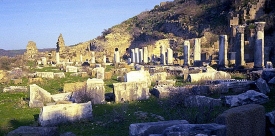 Troy
Troy
With its 4,000 years of history, is one of the most famous archaeological sites in the world. In scientific terms, its extensive remains are the most significant demonstration of the first contact between the civilizations of Anatolia and the Mediterranean world. Moreover, the siege of Troy by Spartan and Achaean warriors from Greece in the 13th or 12th century B.C., immortalized by Homer in the Iliad, has inspired great creative artists throughout the world ever since.
 Istanbul
Istanbul
With its strategic location on the Bosphorus peninsula between the Balkans and Anatolia, the Black Sea and the Mediterranean, Istanbul has been associated with major political, religious and artistic events for more than 2,000 years. Its masterpieces include the ancient Hippodrome of Constantine, the 6th-century Hagia Sophia and the 16th-century S�leymaniye Mosque, 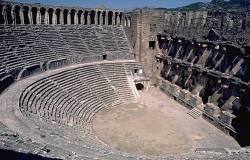 all now under threat from population pressure, industrial pollution and uncontrolled urbanization.
all now under threat from population pressure, industrial pollution and uncontrolled urbanization.
Aspendos
Once called Belkis, Aspendos was founded by the Hittites, but it was Roman Emperor Marcus Aurelius (161-180 AD) who ordered its great theatre to be built. Still used for performances today, the theatre really allows you to imagine what it was like to attend a dramatic performance in Roman times.
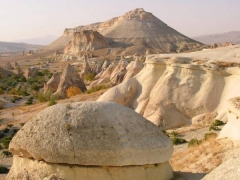 Cappadocia
Cappadocia
In a spectacular landscape, entirely sculpted by erosion, the G�reme valley and its surroundings contain rock-hewn sanctuaries that provide unique evidence of Byzantine art in the post-Iconoclastic period. 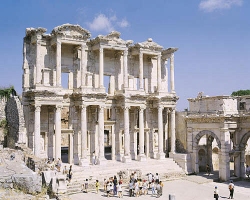 Dwellings, troglodyte villages and underground towns - the remains of a traditional human habitat dating back to the 4th century - can also be seen there.
Dwellings, troglodyte villages and underground towns - the remains of a traditional human habitat dating back to the 4th century - can also be seen there.
Ephesus is the best-preserved classical city on the Mediterranean, and perhaps the best place in the world to get the feeling for what life was like in Roman times. As a strategic coastal gateway to the Eastern World, this Ionian refuge grew to be the second largest city in the Roman Empire, the site of a Christian shrine, and one of the seven wonders of the ancient world.
| All content copyright � overland-underwater.com - please do not use without permission. |
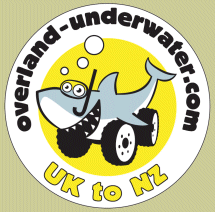

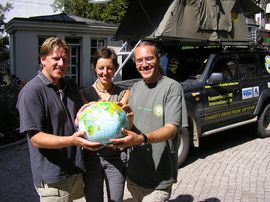
 Turkey
Turkey 

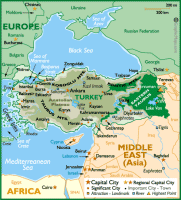


 Previous: Bulgaria
Previous: Bulgaria

